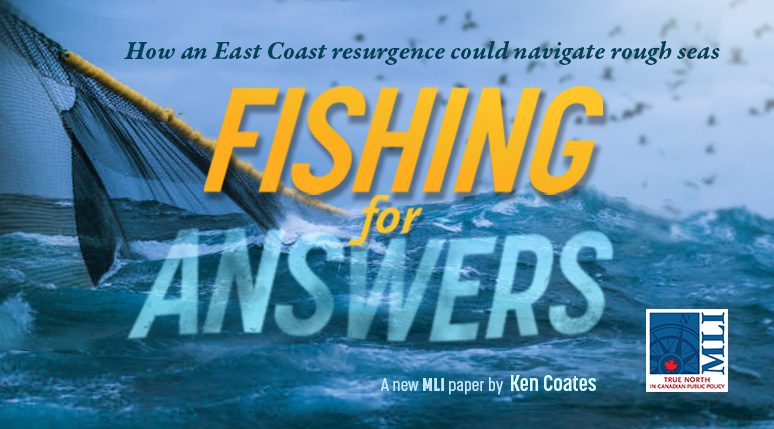By Ken Coates
January 17, 2023
Executive Summary
The East Coast fishing industry has shown both considerable economic potential and public policy importance. Lobsters, crabs, and other fish stocks have become big business. The fishing sector injects a great deal of money into the East Coast economy, attracts substantial investment, and provides steady and even lucrative employment for thousands of people, particularly those living in the smaller coastal communities.
Canadians have largely ignored the economic and social transformations occurring in the region, which include a nation-leading process of reconciliation with Indigenous peoples and communities. The transformation has included a billion-dollar Indigenous purchase of Canada’s largest seafood company, Clearwater Seafoods, regular $1 million annual returns for individual fish harvesters in specific regions and with certain species licences, the recruitment of hundreds of foreign workers to operate the processing plants, and a dramatic transformation of small-town life in the region. Despite the renewed economic and cultural vibrancy, the East Coast economy is also vulnerable.
The Marshall decision recognized Indigenous treaty rights, making it clear that these rights have clear, substantial, and current economic value. Assigning First Nations licences and quota, along with investments in training and equipment, have provided one means of addressing these rights.
There are few better examples of non-Indigenous peoples accepting a major and even intrusive expansion of Indigenous economic activity in Canada than the East Coast fishery, though relationships within the industry continue to evolve. A significant number of non-Indigenous fish harvesters, while compensated for selling their licences, quota, and gear, have stepped out of the industry, to be replaced by First Nations fish harvesters.
But not all First Nations see a future in the fishing industry. Some East Coast First Nations do not live on the coast and are not obvious beneficiaries of the Marshall decision. They should, however, still have access to secure financial, employment, and commercial benefits.
The improving conditions are not uniform and the wealth of the sector is not shared equally between fish harvesters and processing plant workers. In some communities, fish harvesters have individually or collectively invested in the local areas; in others, the wealth associated with the lobster and crab fisheries has not been redistributed within the region through support for other businesses or value-added production.
Canada’s East Coast fishery is heading toward an inflection point, one that will not ultimately serve the First Nations, the non-Indigenous fish harvesters and their communities, or the East Coast as a whole. Among a long and formidable list of challenges, several stand out:
- Indigenous treaty rights must, under Canadian law, be respected. But these are ill-defined and are currently managed by “presumption of rights” rather than a court-defined specific right. However, recourse to the courts on matters of Indigenous fishing could easily result in an expansion – or a contraction – in Indigenous rights. Either court-based outcome would add to tensions and difficulties in the region. The obligation to address the First Nations’ treaty rights rests with the government of Canada and, equally, with all Canadians – not just the East Coast fishing industry.
- The Department of Fisheries and Oceans must expand its consultations and engagement with the non-Indigenous fishing community if it hopes to find truly collaborative solutions.
- Greater attention must be paid to the dual challenge of rapidly improving conditions in First Nations communities and maintaining the sustainability of non-Indigenous communities.
- Canada’s East Coast fishery sector could secure greater political power and attention if its leaders realized that they had common cause with resource producers across the country. Collectively, the resource producers and their industry associations, unions, and local political representatives could be a formidable political force. They could, if properly mobilized, put pressure on all Canadian political parties (federally, provincially, and territorially), attract the attention of the nation’s media, and shape the Canadian policy agenda.
With effective management, collectively developed policies, and attention to underlying problems and emerging opportunities, the fishing industry could emerge as the cornerstone of a sustained and impressive East Coast economic resurgence in Canada.







